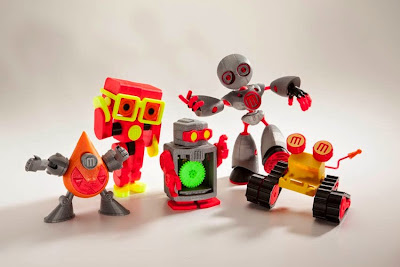3D Revolution
Charles Hull is the inventor of the modern 3D printer and originator of de facto standard technologies. The first published account of a printed solid model was made in 1981 by Hideo Kodama of Nagoya Municipal Industrial Research Institute.
With all of the technology over the years it has improved a substantial amount. The term additive manufacturing refers to technologies that create objects through a sequential layering process. Objects that are manufactured additively can be used anywhere throughout the product life cycle, from pre-production (i.e. rapid prototyping) to full-scale production (i.e. rapid manufacturing), in addition to tooling applications and post-production customization.
In manufacturing, and machining in particular, subtractive methods are typically coined as traditional methods. The very term subtractive manufacturing is a retronym developed in recent years to distinguish it from newer additive manufacturing techniques. Although fabrication has included methods that are essentially "additive" for centuries (such as joining plates, sheets, forgings, and rolled work via riveting, screwing, forge welding, or newer kinds of welding), it did not include the information technology component of model-based definition. Machining (generating exact shapes with high precision) has typically been subtractive, from filing and turning to milling and grinding.




